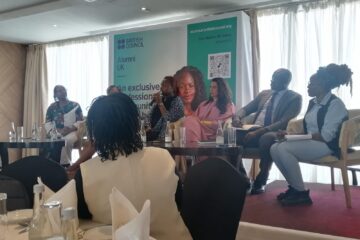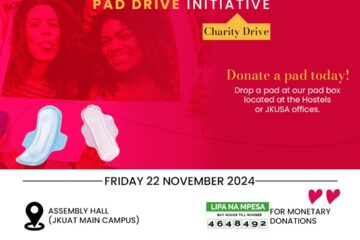MENSTRUAL DISORDERS
Being a girl is amazing,
I take it as a blessing.
When I first had my first period I knew I had grown-up.
I remember,
When I first had my periods,
I bled what felt like gallons of blood for a week.
I never knew my bleeding was different,
I thought it was what every girl goes through,
But,
Everything was changing with time.
The symptoms were also changing,
I started having delibitating pain in the abdomen,
Numbness,
Irritation,
Exhaustion,
Mood swinging,
Back pain and also headaches.
I was afraid of staining my clothes.
How I wish someone told me,
That sometimes periods don’t present normally,
That,
menstrual disorders exist and require medication.
Maybe I would not have experienced,
Much pain, and discomfort during my menstruation days.
And that…
I will be afraid of having my period again.
Written by: Margaret Mithanga

